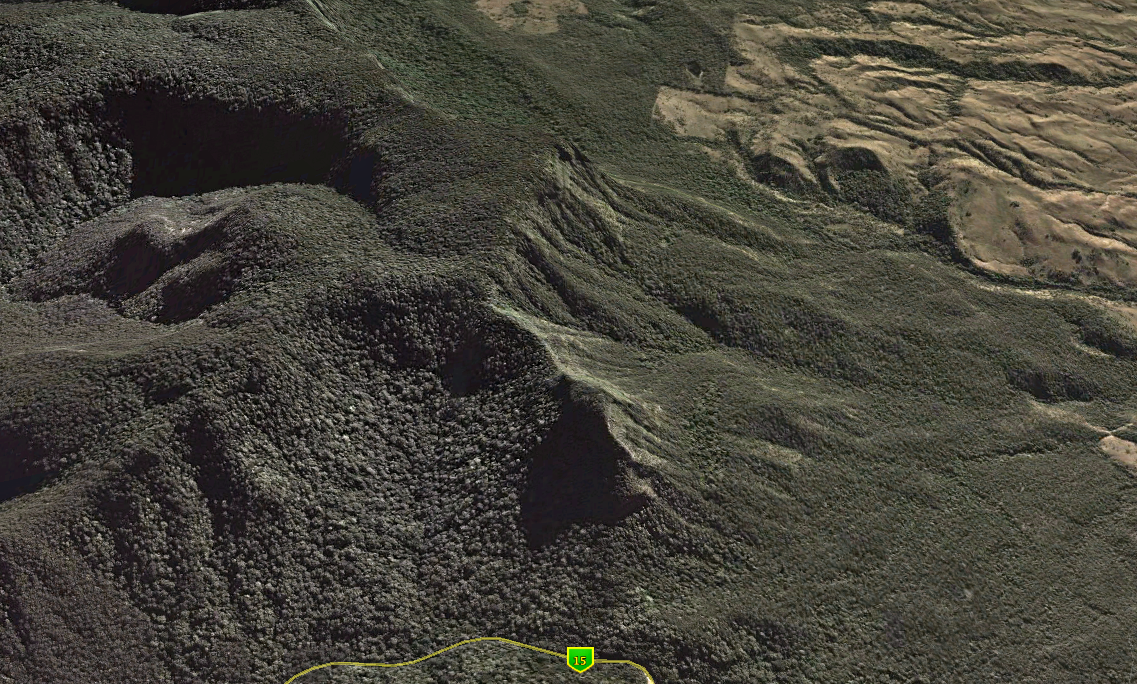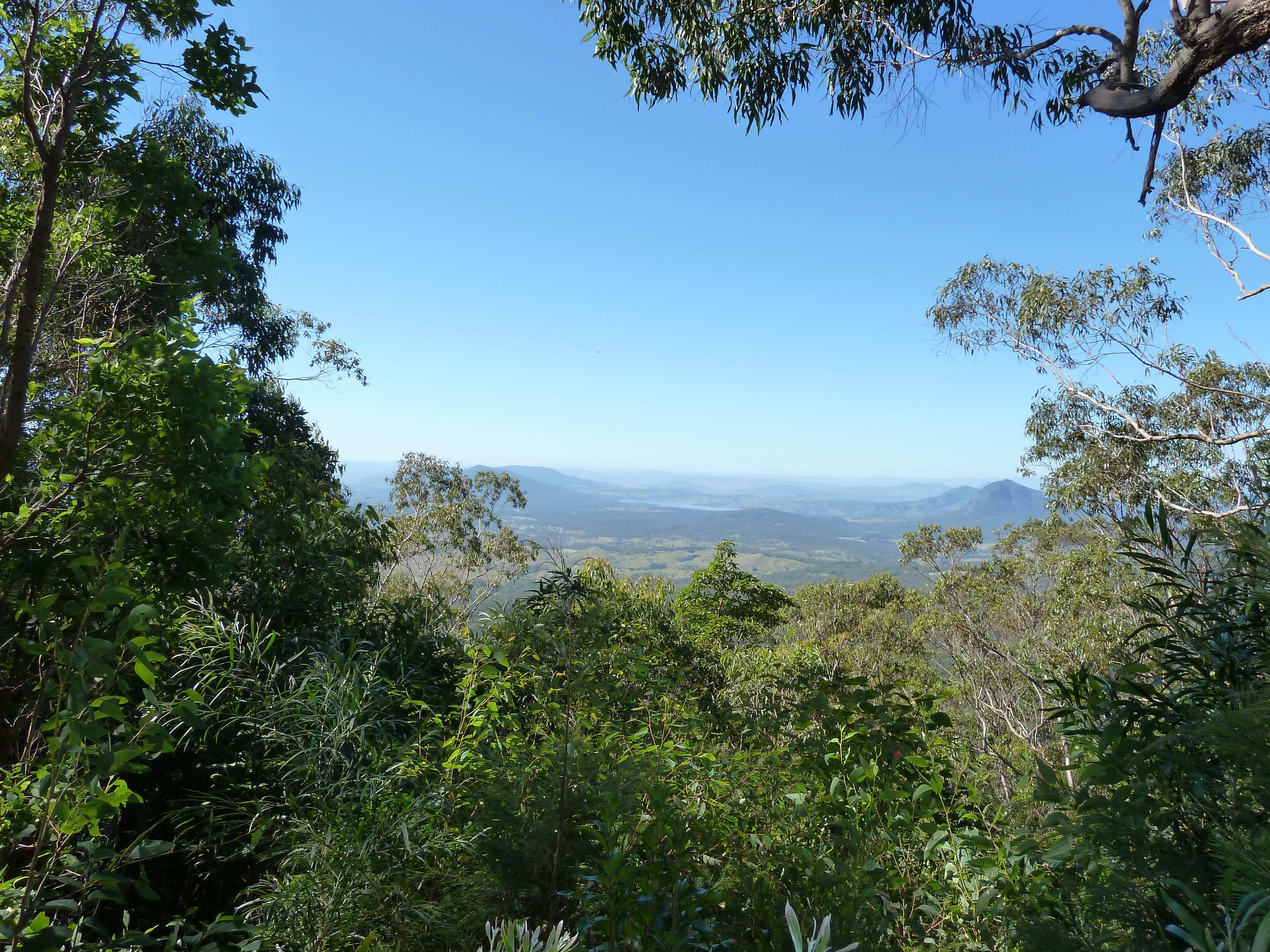This day trip was organized by ANOS's (Beenleigh), one of our almost monthly day trips. As in previous occasions, we used a small, 20 seater, council bus but we were only 15 fanatic orchid lovers on board. It was a beautiful day and we all had a good time. (The only sad news was that none of us won the 70 million dollars lottery the previous night).
We left from the “Club's” premises around 7:30am and after a short break in a friends place to view his orchids, we drove straight towards our destination, The Cunningham Gap.
The main Range National Park is about 115 km SW of Brisbane or 120km West of Gold Coast. The Cunningham Hwy crosses the park at Cunningham's Gap.
It took us less than two hours to drive there. There are walking paths at Cunningham's Gap and we talk a few short walks, waling for almost two hours. To my surprise, the orchids were we notice were predominantly (if not exclusively) found in the dense rainforest parts. That surprised me because I was expecting to find Den. Speciosums and other Dendrobiums, growing in full sun, what I found were Dendrobiums growing from ground level to high up the trees, in areas that are dark or have limited filtered sunlight. I did not see any dead plants.

Picture showing the area. Yellow the Cunningham Hwy. Top right hand corner, Aratula, the place where we had lunch.

Close-up picture of the area visited. The Parking place is 3cm left of the Green (15) Hwy (Number) marker.

View from one of the peaks. Very relaxing view.
The purpose of our visit was to see orchids in-situ. We knew, we were going to find a few Dendrobiums species as well as Sarcochilus, and if we were lucky Bulbophyllums. We ere not disappointed.
We found specimens of varied sizes of Dendrobium: Den. Aemulum (Iron Bark Orchid); Den. teretifolium syn. Dockrilia teretifolium (Rat’s Tail Orchid); Den. Speciosum; and Den. Gracilicaule and also Sarcochilus falcatus; We did not find any Bulbophyllums.

Picture showing Sarcochilus falcatus with a seed-pot. Numerous tiny seedlings further down are a living proof this was not the first seed-pot this plant produced.

Another Sarcochilus falcatus plant. Clearly visible is the extensive root system in all directions.

Just 10 meters above the ground a very nice and healthy Den. Speciosum. The picture bellow shows a close-up of the plant.


A very nice, well grown specimen of Den. teretifolium syn. Dockrilia teretifolium (Rat’s Tail Orchid);

Some 10 meters above the ground: Den. Gracilicaule

Well above the ground under or near ferns (stag-horn) Den. speciosum thrive. Protected from the sun, receiving extra water from rain collected by the ferns, fertilized by bird using the ferns for nesting or to relax, and mulched from the dead fern leaves.

Another Den. Speciosum growing in darkness. People claim that these Dendrobiums need sunlight, here all Dendrobiums where well protected from the sun. In fact some grew in relative darkness.

Above & the two pictures Bellow:
Due to an unfortunate natural accident, probably strong wind, a tree did fall and some very large Den. Speciosum specimens finished up on the ground.



The final picture is Den. Aemulum also known as the Iron Bark Orchid (?)
We all had a very good time exploring, taking pictures and enjoying life.
Around 12:30, we decided to go for lunch. The Aratula Hotel was the closest, and probably the only one in the area. The lunch was very good and at a good price. There were no complains.
Around 14:00 we commenced the long way home. We were tired but happy.
A trip highly recommended, especially early September when the Dendrobiums are on flower.
Dr. George Tsambourakis

For further details (maps and info), please contact the Queensland Parks and Wildlife Service.
|





